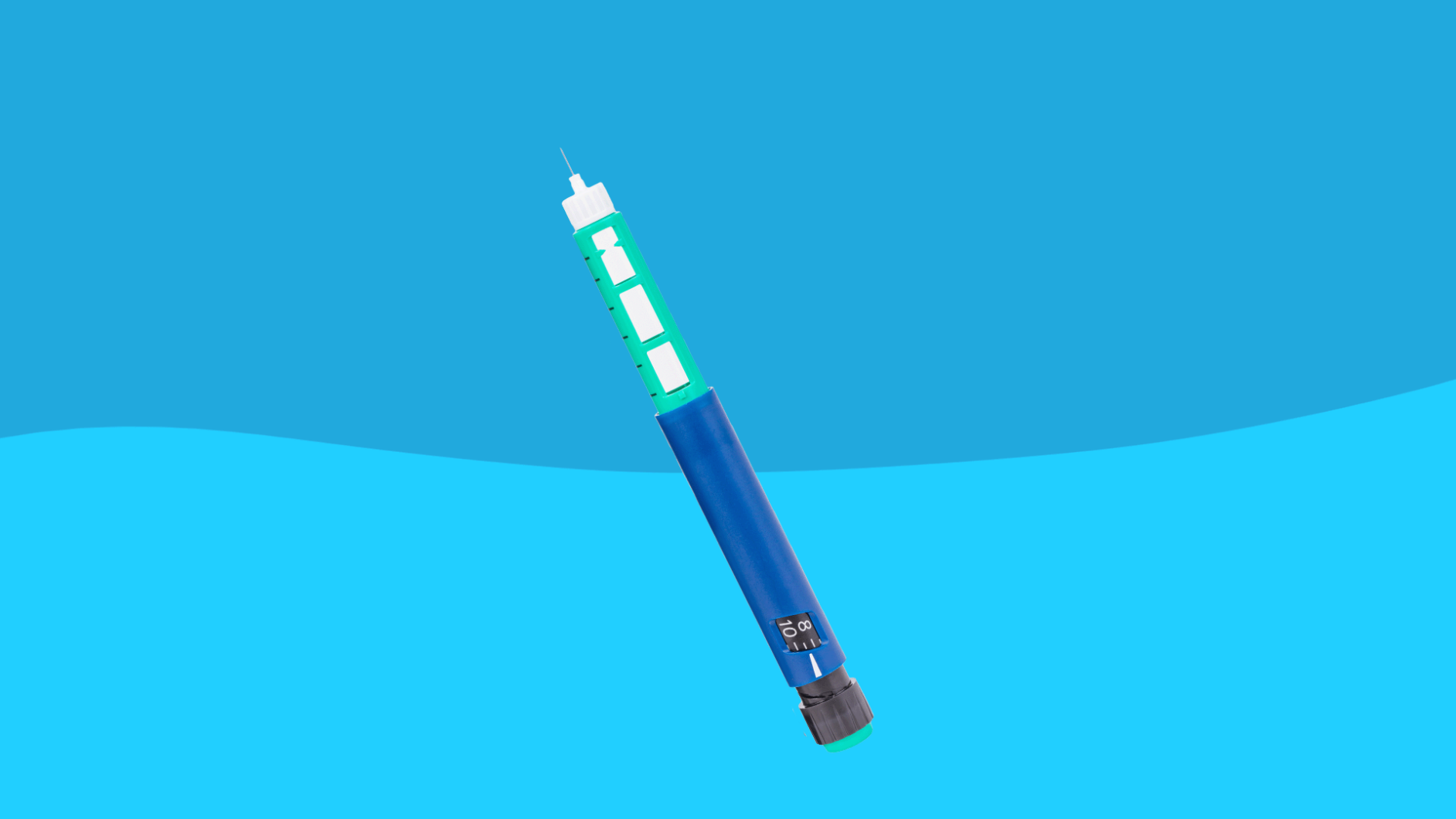Key takeaways
Ozempic (semaglutide) is used to manage high blood sugar in people with Type 2 diabetes and is sometimes prescribed off-label for weight loss. It is not associated with yeast infections as a side effect.
SGLT2 inhibitors, a different class of diabetes medications, are associated with an increased incidence of yeast infections.
Proper management of high blood sugar levels is essential to reduce the risk of infections, including yeast infections.
If you experience symptoms of a yeast infection while on any diabetes medication, including Ozempic, seek medical advice from a healthcare professional for accurate diagnosis and appropriate treatment.
Ozempic (semaglutide) is a weekly prescription medication that is approved by the Food and Drug Administration (FDA) to help control blood glucose levels in people with Type 2 diabetes. It is also sometimes prescribed off-label (for a non-FDA-approved use) for weight loss. Ozempic is part of a class of drugs called glucagon-like peptide-1 agonists (GLP-1 agonists). Although Ozempic is known for its gastrointestinal side effects, many people who take Ozempic ask if the medicine will cause yeast infections. The good news is that yeast infections have not been reported as a side effect of Ozempic, but they are common with another class of diabetes drugs called SGLT2 inhibitors.
Can diabetes medication cause yeast infections?
There is a class of diabetes drugs called sodium-glucose transport protein 2 (SGLT2) inhibitors. Drugs in this class include:
- Farxiga (dapagliflozin)
- Invokana (canagliflozin)
- Jardiance (empagliflozin)
- Steglatro (ertugliflozin)
This class of drugs is commonly known for causing genital yeast infections in both male and female patients. In fact, yeast infections are among the most frequently reported side effects of this class of medications, along with urinary tract infections, increased urination, nausea, and constipation.
SGLT2 inhibitors work by helping the kidneys eliminate sugar through the urine. Clinical evidence suggests that because SGLT2 inhibitors cause more sugar to be released in the urine, this extra sugar creates an inviting environment for germs, which can lead to infections in the genital area.
Anyone with a history of frequent genital yeast infections is at increased risk for this side effect. Experts recommend keeping tight control of blood sugar levels as a prevention strategy, in addition to maintaining personal hygiene. Some tips for personal hygiene include wearing cotton underwear as well as loose-fitting clothing, and keeping the area clean and dry.
If you are taking an SGLT2 inhibitor, and you have symptoms of a yeast infection, you should see a healthcare provider.
Symptoms of a yeast infection in males may include:
- Skin pain around the penis
- Rash of the penis
- Redness, itching, or swelling of the penis
- Foul-smelling discharge from the penis
Symptoms of a vaginal yeast infection in females may include:
- Vaginal itching
- Vaginal odor
- A vaginal discharge that looks white or yellow and lumpy, like cottage cheese
Generally, yeast infections are mild and will get better with appropriate treatment. However, for those who take an SGLT2 inhibitor and have frequent or bothersome yeast infections, consulting with a healthcare provider about different treatment options, such as metformin, may be a good idea.
Can Ozempic cause yeast infections?
Ozempic is not associated with yeast infections as a side effect. The most common side effects of Ozempic are stomach-related and include:
- Nausea and vomiting
- Diarrhea or constipation
- Stomach pain
Common side effects of GLP-1 agonists include nausea, vomiting, and diarrhea. Yeast infections are not associated with GLP-1 agonists like Ozempic.
It’s important to know that diabetes increases the risk of yeast infections, especially if blood sugar is not well-controlled. Additional risk factors in females include:
- Antibiotic use: Antibiotics kill both good and bad bacteria, allowing yeast to grow.
- Hormonal birth control use: The hormone estrogen increases the risk of yeast infections.
- Certain types of contraceptive devices: Certain devices like vaginal sponges, diaphragms, and IUDs can increase the risk of yeast infections.
- Weakened immune system: A weakened immune system due to certain conditions like HIV, or from taking certain medicines such as steroids, chemotherapy, or transplant medicines, can increase the risk of yeast infections.
- Pregnancy: Hormonal changes in pregnancy can increase the risk of yeast infections.
- Sexual activity: Although vaginal yeast infections are not a sexually transmitted infection, they are more common in sexually active females.
What to do if you develop yeast infections on Ozempic
If you are taking Ozempic, and you develop symptoms of a yeast infection, you should see a healthcare provider for appropriate diagnosis and treatment. A proper diagnosis is important so that you can get the correct treatment, which may involve an oral or topical antifungal medicine.
Sources
- Sodium-glucose transport protein 2 (SGLT2) inhibitors, StatPearls (2023)
- Genital infections with sodium glucose cotransporter-2 inhibitors: Occurrence and management in patients with Type 2 diabetes mellitus, Indian Journal of Endocrinology and Metabolism (2018)
- Preventing candidiasis, Centers for Disease Control and Prevention (2024)
- Jardiance, DailyMed (2024)
- Ozempic, DailyMed (2023)
- Glucagon-like peptide-1 receptor agonists, StatPearls (2024)
- Patient education: Vaginal yeast infection (Beyond the Basics), UpToDate (2023)



